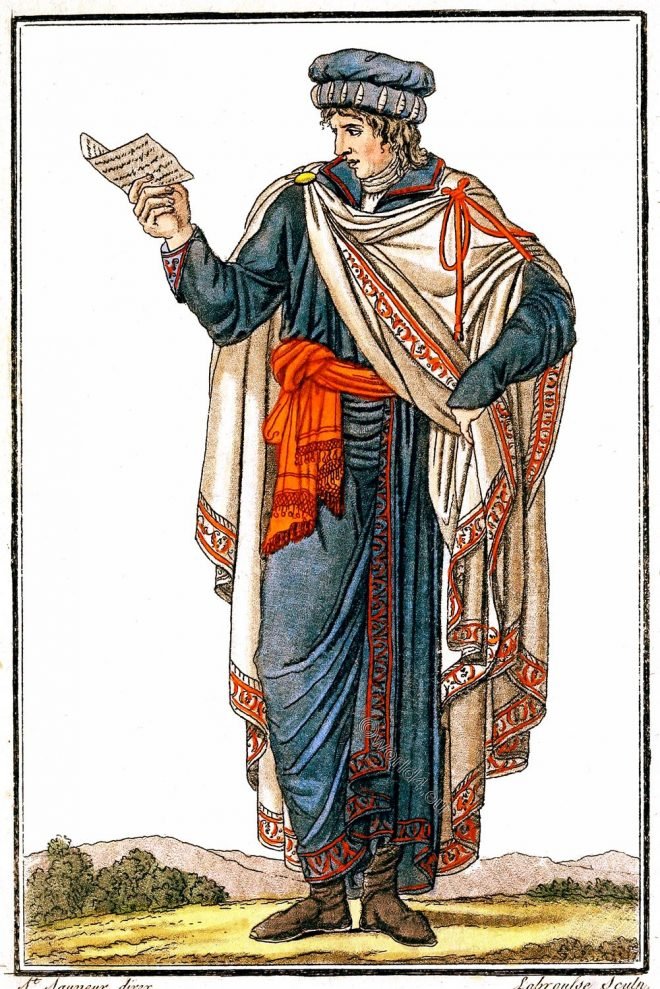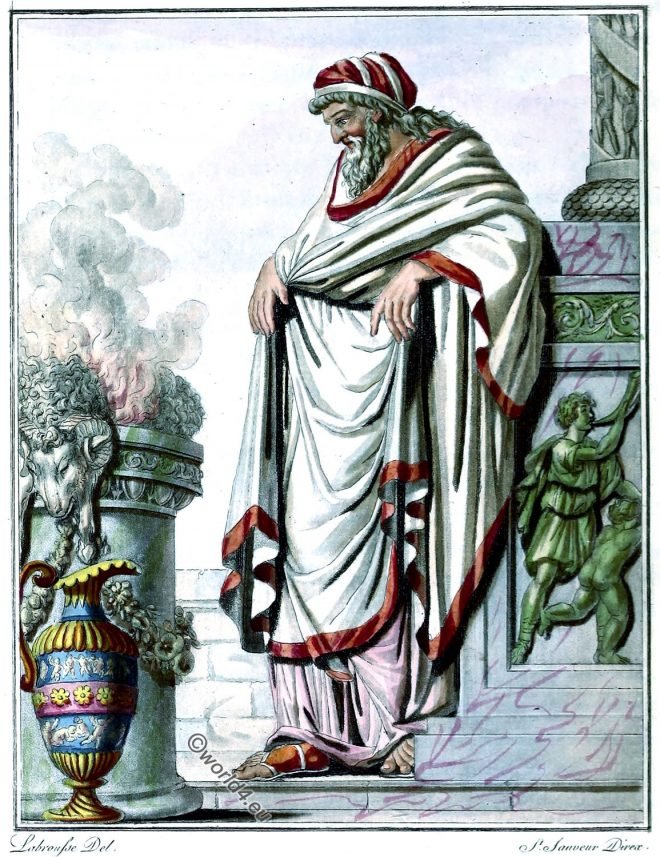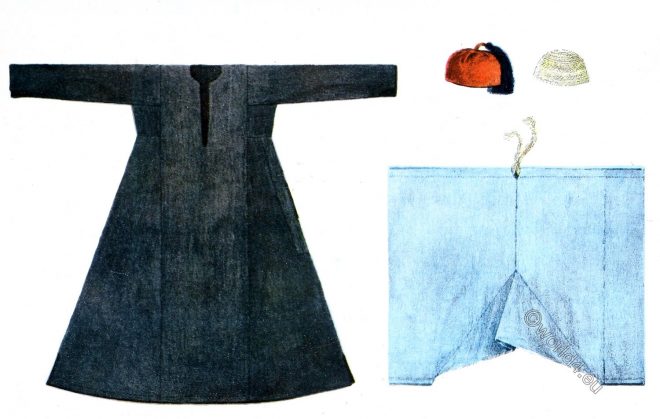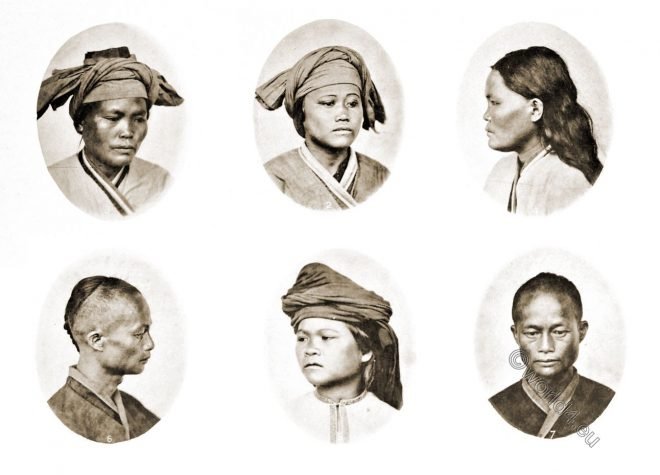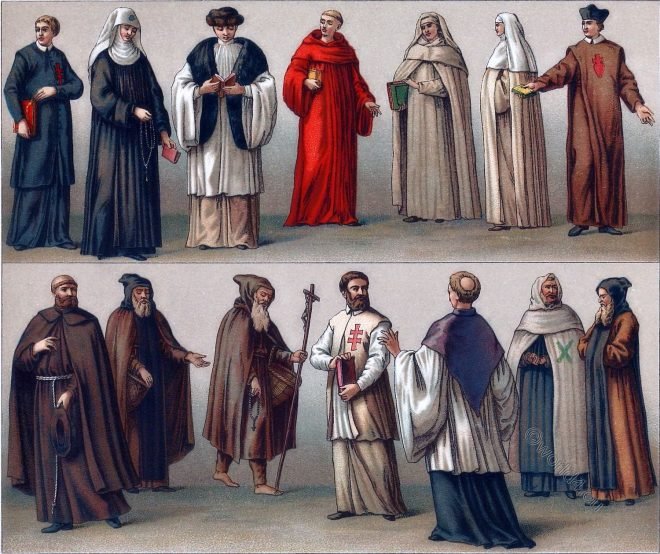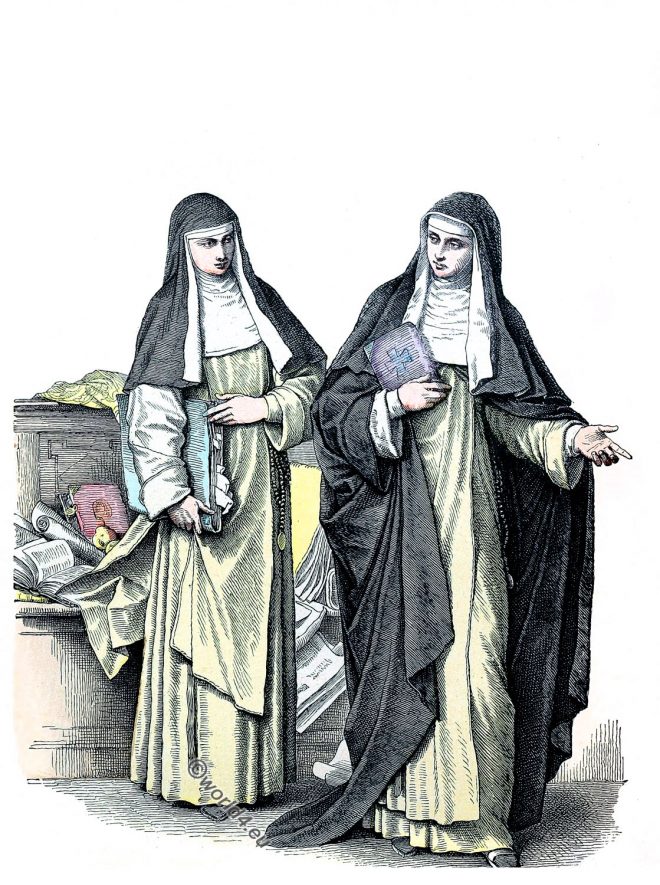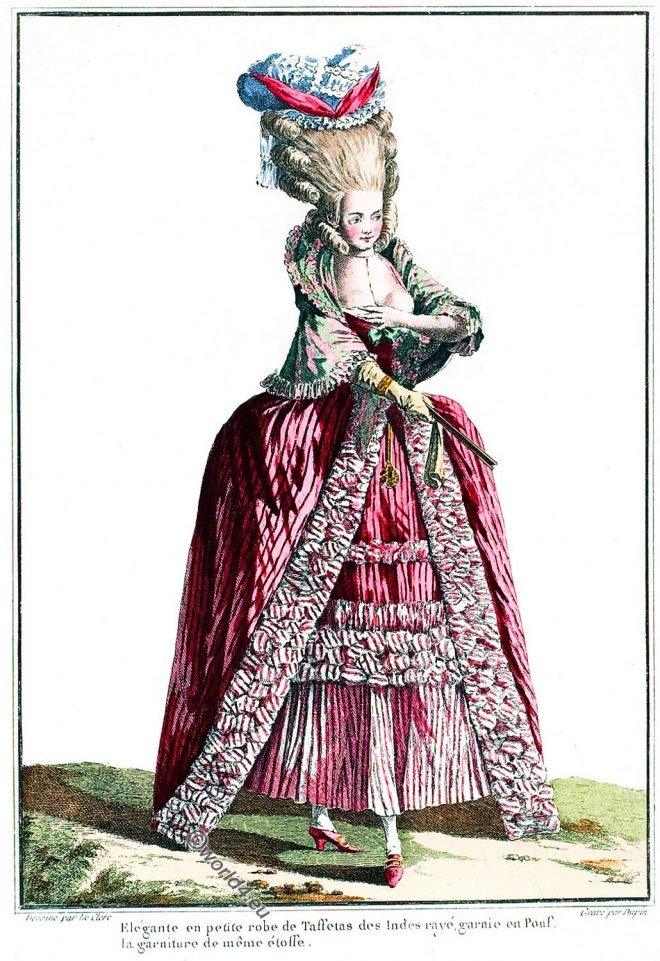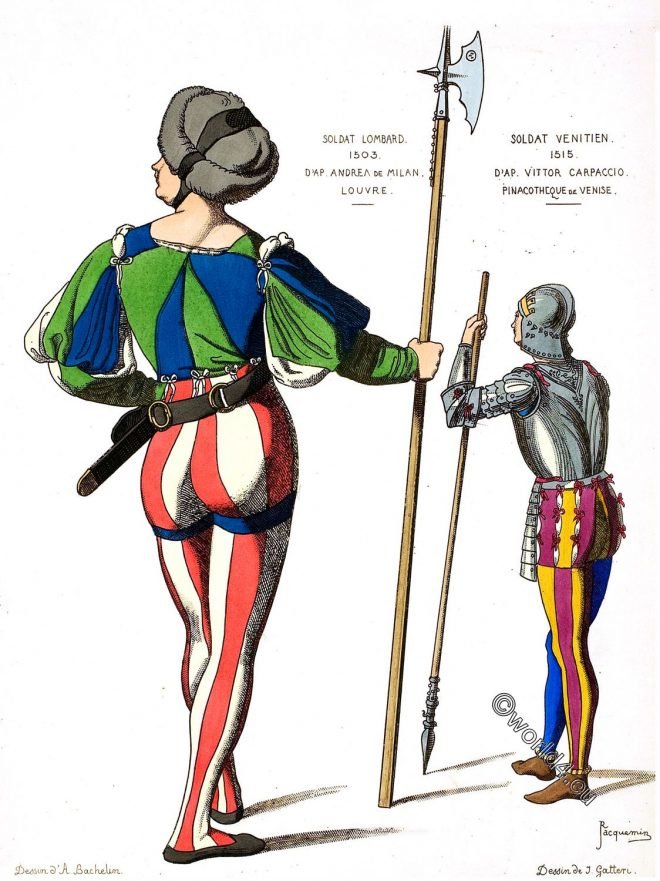Costume of the Members who constitute the Council of Elders.
Pontifex Maximus. Roman high priest of antiquity. Collegium Pontificum.
In ancient Rome, Pontifex Maximus was the title given to the high priest or chief priest at the head of the Pontifical College of Priests.
Egyptian Man’s shirt. The Gallebaya. Characteristic garment.
Characteristic garment of the modern Egyptian population. A variation of the Gallebaya called “kamis”. The material is black cotton (Winter).
Taiwan. Male and female Pepohoan people.
The Taiwanese Plains Indigenous Peoples, formerly known as the Pingpu…
Costumes of the spiritual orders. 10th to 18th century.
Monastic habit of spiritual orders from Poland, Germany and Flanders from the 10th to the 18th century.
Types of nuns. Habit of different orders. Ecclesiastical Monastic orders.
Female religious habit at the end of the eighteenth century. Nuns who live according to the Rule of St. Augustine, St. Dominic, St. Benedict and of Saint Angela Merici.
Rococo. Elegant little dress in striped Indian taffeta, 1778.
Elegant little dress in striped Indian taffeta, trimmed in Pouf, the trim in the same fabric.
Inhabitants of Xiamen, China. 19th c.
Inhabitants of the south chinese city Xiamen at the end of the 19th century.
View of the Yuenfu Monastery near Foochow (now Fuzhou), China 1871.
Yuen-fu Monastery Cave, Fukien province, China. THIS Buddhist monastery is remarkable rather for its romantic situation than for any historical associations. Illustrations of China and its people by John Thomson.
Soldiers from Lombardy and Venice in the 16th century.
Italian soldiers in Mi-Parti fashion. Renaissance clothing from Venice and Lombardy at the beginning of the 16th century.

